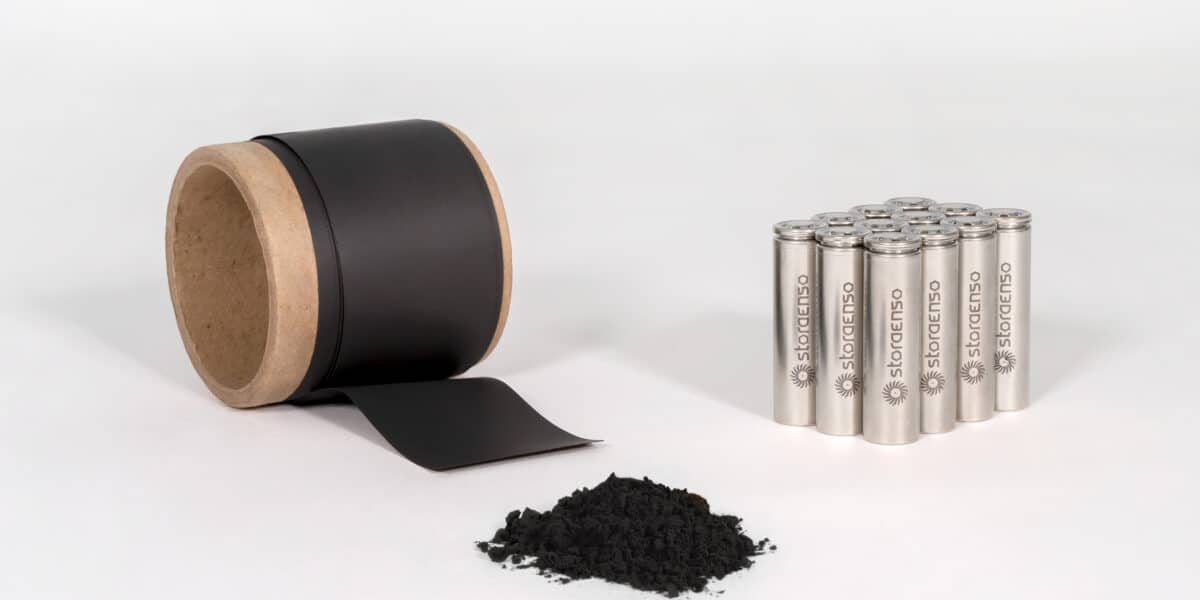Lignin is the second most prevalent macromolecule in nature after cellulose. Every plant contains it, and up to one-third of the material in trees is lignin.
In nature, lignin binds together the fibres and cells in wood, making the plants strong and robust.
Lignin is a renewable, non-toxic raw material sourced from traceable forests. The carbon it contains can be a substitute for the non-renewable carbon in batteries used in consumer electronics, the car industry, and large energy storage systems.
The pilot plant operating at Stora Enso’s Sunila mill dehydrates lignin, which is then heat-treated and ground into a hard carbon material with the technical name Lignode.
Ecological cold resistance for batteries
A study into the factory-scale expansion of Lignode is still underway, but Stora Enso estimates that the industrial-scale production of the material will require less energy than the production of synthetic graphite.
The company aims to replace fossil-based graphite, which mainly comes from Asia, with a renewable
alternative as an anode material in batteries.
“A wood-based carbon material makes the battery charge more quickly and resist the cold better
than one made with non-renewable anode materials. When an electric car can charge more quickly, there
will be less need for charging infrastructure,” says Production Director Kari Nikunen, Stora Enso, Lignin
operations.
Lignin is also a potential substitute for non-renewable materials in many other applications. For example, lignin will make it possible to reduce the amount of oil-based bitumen in asphalt. Refined lignin can also be used as a timber adhesive and in the manufacture of coatings and special chemicals.







